-

The latest Drought Monitor, released this morning, shows that there have been slight increases in abnormally dry conditions in Virginia and North Carolina. Both of those states missed the rain from Hurricane Irma, allowing drier conditions to remain and grow a little. The latest seasonal drought outlook was also released today and shows that drought…
Posted in: Drought -

According to an article in Southeast Farm Press today by Brad Haire, based on preliminary estimates Georgia cotton yields are expected to drop by at least ten percent based just on Irma, which blew lint off the plants and bent over many others. This could mean a loss of up to $100 million in lost…
-
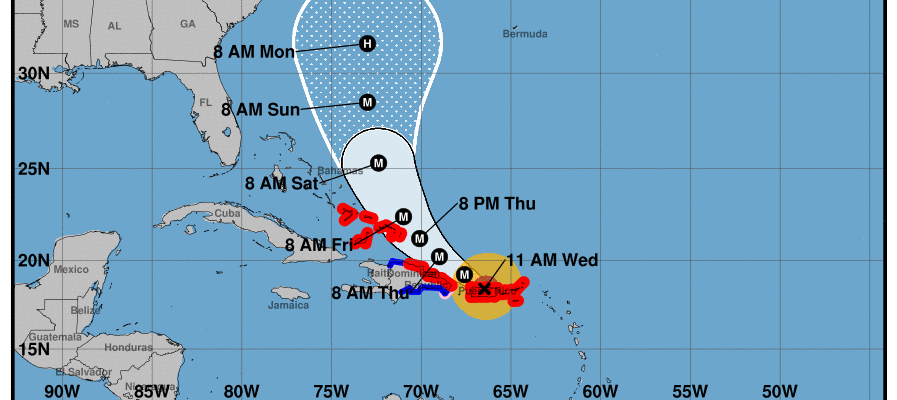
For those of you watching all of the activity in the tropics, here is a short update for you. Thankfully, it is short because for most of us in the Southeast there is not a lot to worry about, although of course we are devastated at the destruction that is currently occurring in the US…
-
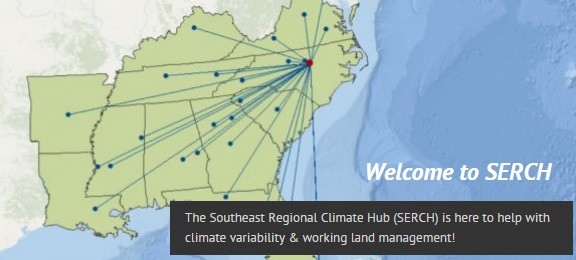
The Southeast Regional Climate Hub (SERCH) has published their fall newsletter online. You can visit it at https://content.govdelivery.com/accounts/USDAOCE/bulletins/1b6c64c to read about impacts from Irma and Harvey as well as learn about some upcoming meetings in the region.
-
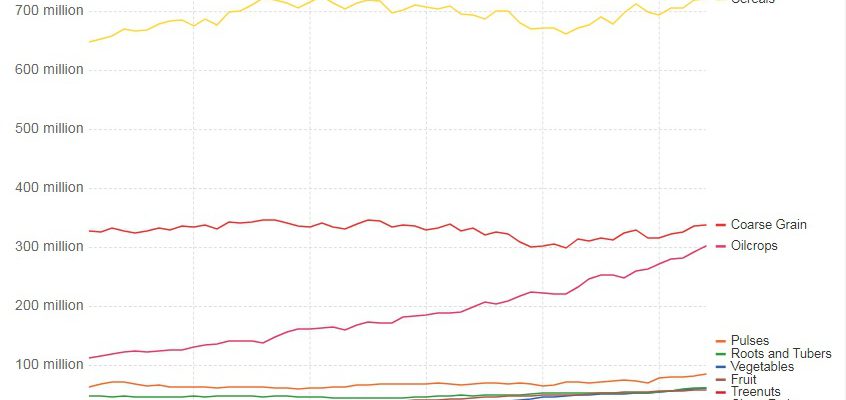
Our World in Data has a fascinating look at global production of many different crops at their website https://ourworldindata.org/yields-and-land-use-in-agriculture/. You can use the information to see how yields in different crops have changed over time or see how production varies from one country to another. While it does not break down individual countries into smaller units…
-
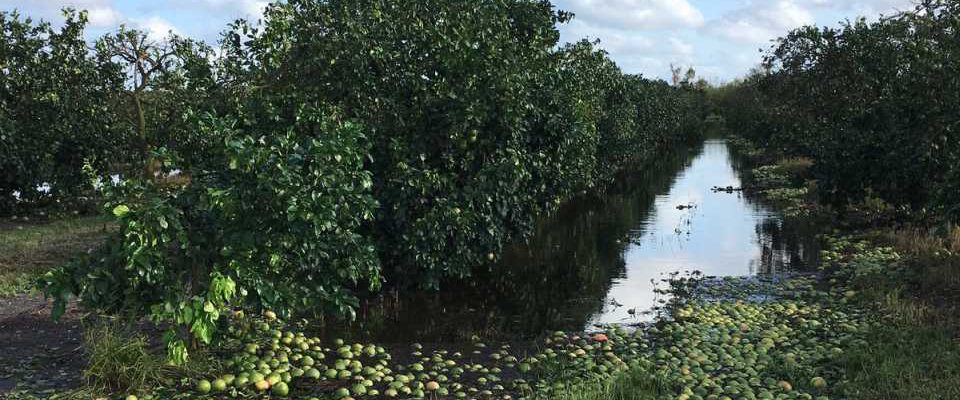
Florida citrus growers are continuing to assess damage from Hurricane Irma, according to a story in The Packer this week. While initial damage shows a lot of fruit blown down and trees tipped over, additional losses may become clear later as trees drop more fruit and losses from trees with roots under flood water become…
-
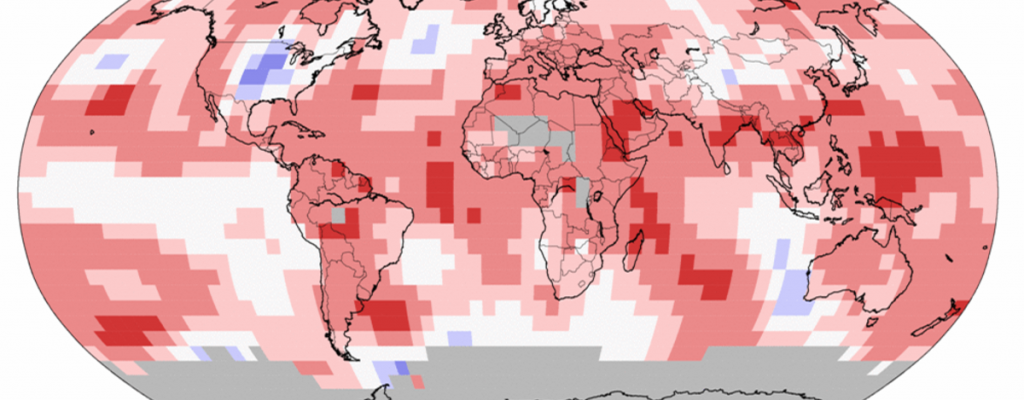
NOAA’s latest global climate summary shows that for the earth as a whole, August 2017 was the third warmest on record, following 2016 (highest) and 2015 (second highest). In fact, the eastern US was one of the few places in the world with temperatures below average. The summer months of June through August 2017 were…
Posted in: Climate summaries